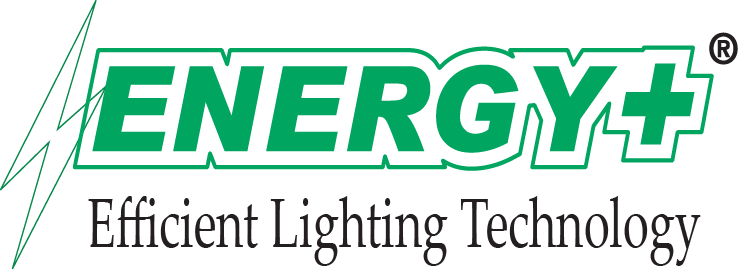
According to the accounting equation, the total amount of the liabilities must be equal to the difference between the total amount of the assets and the total amount of the equity. However, if one company’s debt is mostly short-term debt, it might run into cash flow issues if not enough revenue is generated to meet its obligations. Ideally, suppliers would like shorter terms so that they’re paid sooner rather than later—helping their cash flow. Suppliers will go so far as to offer companies discounts for paying on time or early. For example, a supplier might offer terms of “3%, 30, net 31,” which means a company gets a 3% discount for paying 30 days or before and owes the full amount 31 days or later.
Just as your debt ratios are important to lenders and investors looking at your company, your assets and liabilities will also be closely examined if you are intending to sell your company. Potential buyers will probably want to see a lower debt to capital ratio—something to keep in mind if you’re planning on selling your business in the future. Accrued Expenses – Since accounting periods rarely fall directly after an expense period, companies often incur expenses but don’t pay them until the next period. Accounts Payable – Many companies purchase inventory on credit from vendors or supplies. When the supplier delivers the inventory, the company usually has 30 days to pay for it. This obligation to pay is referred to as payments on account or accounts payable.
Accounts Payable And Receivable
Enter your name and email in the form below and download the free template now! You can use the Excel file to enter the numbers for any company and gain a deeper understanding of how balance sheets work. Unlike liabilities, equity is not a fixed amount with a fixed interest rate. Assets will typically be presented as individual line items, such as the examples above. Then, current and fixed assets are subtotaled and finally totaled together. Everything listed is an item that the company has control over and can use to run the business.
- For instance, a company may take out debt (a liability) in order to expand and grow its business.
- Although the current and quick ratios show how well a company converts its current assets to pay current liabilities, it’s critical to compare the ratios to companies within the same industry.
- Depreciation is an accounting method used to allocate the cost of tangible assets over their useful lives.
- If you’re doing it manually, you’ll just add up every liability in your general ledger and total it on your balance sheet.
- The Small Business Administration has a guide to help you figure out if you need to collect sales tax, what to do if you’re an online business and how to get a sales tax permit.
- The amount of taxes a company owes might fluctuate based on its profitability and tax planning strategies.
A number higher than one is ideal for both the current and quick ratios, since it demonstrates that there are more current assets to pay current short-term debts. However, if the number is too high, it could mean the company is not leveraging its assets as well as it otherwise could be. For example, a company might have 60-day terms for money owed to their supplier, which results in requiring their customers to pay within a 30-day term. Current liabilities can also be settled by creating a new current liability, such as a new short-term debt obligation. The balance sheet is a very important financial statement for many reasons. It can be looked at on its own and in conjunction with other statements like the income statement and cash flow statement to get a full picture of a company’s health.
Type 5: Accrued expenses
Having them doesn’t necessarily mean you’re in bad financial shape, though. To understand the effects of your liabilities, you’ll need to put them in context. Both a classified and an unclassified balance sheet must adhere to this formula, no matter how simple or complex the balance sheet is. Some may shy away from liabilities while others take advantage of the growth it offers by undertaking debt to bridge the gap from one level of production to another. Here are some of the use cases you may run into when understanding the uses of assets and liabilities. Future pay-outs on things such as pending lawsuits and product warranties must be listed as liabilities, too, if the contingency is likely and the amount can be reasonably estimated.
There are many types of current liabilities, from accounts payable to dividends declared or payable. These debts typically become due within one year and are paid from company revenues. The current ratio is a measure of liquidity that compares what accounts are liabilities all of a company’s current assets to its current liabilities. If the ratio of current assets over current liabilities is greater than 1.0, it indicates that the company has enough available to cover its short-term debts and obligations.
Overview: Assets vs. liabilities
Many or all of the products featured here are from our partners who compensate us. This influences which products we write about and where and how the product appears on a page. We believe everyone should be able to make financial decisions with confidence. In all cases, net Program Fees must be paid in full (in US Dollars) to complete registration.
- Unlike liabilities, equity is not a fixed amount with a fixed interest rate.
- Accurately accounting for pension obligations can be complex and may require actuarial valuations to determine the present value of future obligations.
- The second witness called to the stand was Rhona Graff, Trump’s longtime executive assistant.
- In the meantime, the ship’s owner and operator, both based in Singapore, have asked a federal judge in Maryland to exonerate them from liability for any related losses or damages.
- These taxes are typically reported on the company’s income statement and recognized as a liability on the balance sheet.
- Graff, who started working for Trump in 1987 and left the Trump Organization in April 2021, has been described as his gatekeeper and right hand.
- Bonds Payable – Many companies choose to issue bonds to the public in order to finance future growth.

